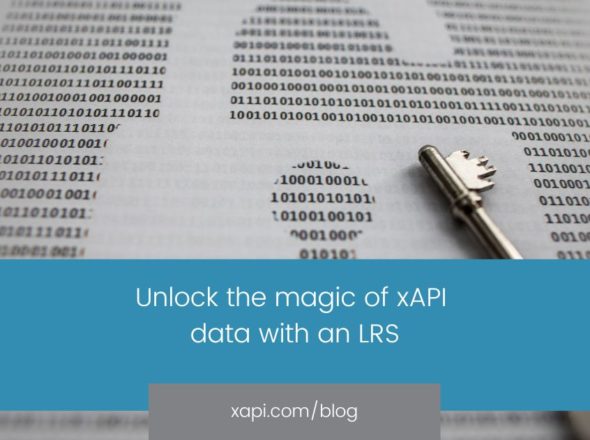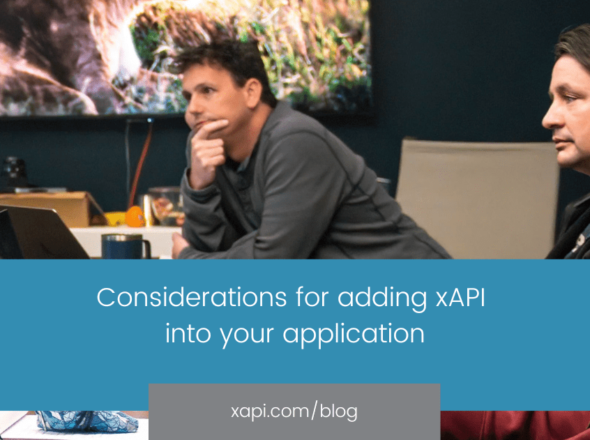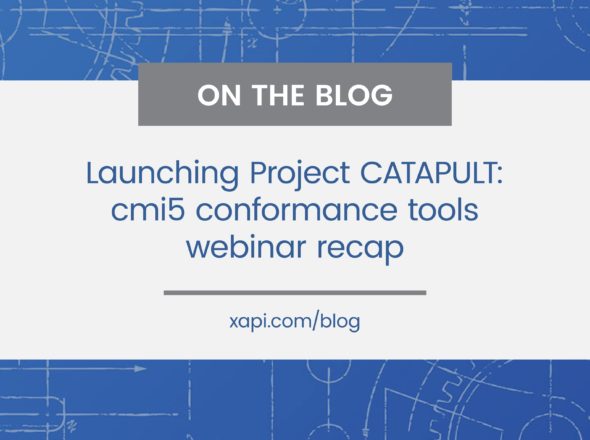It’s great to see a growing number of people who are experimenting with xAPI across the globe. In fact, members of the Australia xAPI User Group recently asked us to present to their learning and development community and we gladly agreed.
Chris Tompkins shared why he’s passionate about xAPI and the thinking behind the development of the standard and why it is set to transform the way we learn. You can watch the recording of the presentation here, but we’ll dive deeper into some of the questions asked by listeners in this blog.
How can we preserve privacy with xAPI?
The first thing many people say about xAPI is “Wow, you’re collecting a lot of data about learners.” Now that can be frightening given that many people have heightened fear of how big data might be used.
Policy changes such as GDPR, Safe Harbor and Privacy Shield certifications have greatly improved how data is being processed in learning technologies. It continues to evolve as the industry works to improve learner identity, security and data privacy.
xAPI has the capability to provide a level of communication between applications that is more secure, stable and faster than anything we’ve had in the past. As an example, you can hash user PII so learner identities are protected and still transmit that activity data with other systems.
Are there any trends in the types of organizations adopting xAPI?
We’ve connected with all types of groups interested in utilizing xAPI. Most of the time, it’s large organizations with existing learning and training budgets, who are in a compliance driven situation. Some of the most compelling use cases are corporate powered because they frankly have the deepest pockets. There is a growing interest from schools interested in leveraging xAPI enabled tools to work in their existing ecosystems.
The increased availability of platforms and tools that have built in xAPI support is also driving adoption. This has enabled organizations of any size to use tools they are comfortable with to begin using xAPI. If you’re looking for a directory, our xAPI Adopters List features eLearning software and applications that support xAPI. We would also recommend checking out ADL’s Conformant Learning Record Stores (LRSs) and xAPI adopter registry.
Do you recommend a single LRS per course assessment or grouping them in one LRS and using a parent to differentiate?
When it comes to system architecture, one LRS should be enough to store all your assessment data by using differentiators to separate things out. The idea is to have everything all in one pool, but you may have business reasons for keeping them separate. Say if visibility needs to be restricted to certain audiences or you want to start small with an isolated data set before getting overwhelmed. The great thing about xAPI is that it supports data portability, allowing you to share statements between multiple LRSs when you’re ready.
As you just read, those Aussies had some great questions. If you are just getting started with xAPI or have some technical questions, we’re here to help. Ask us anything, really.


